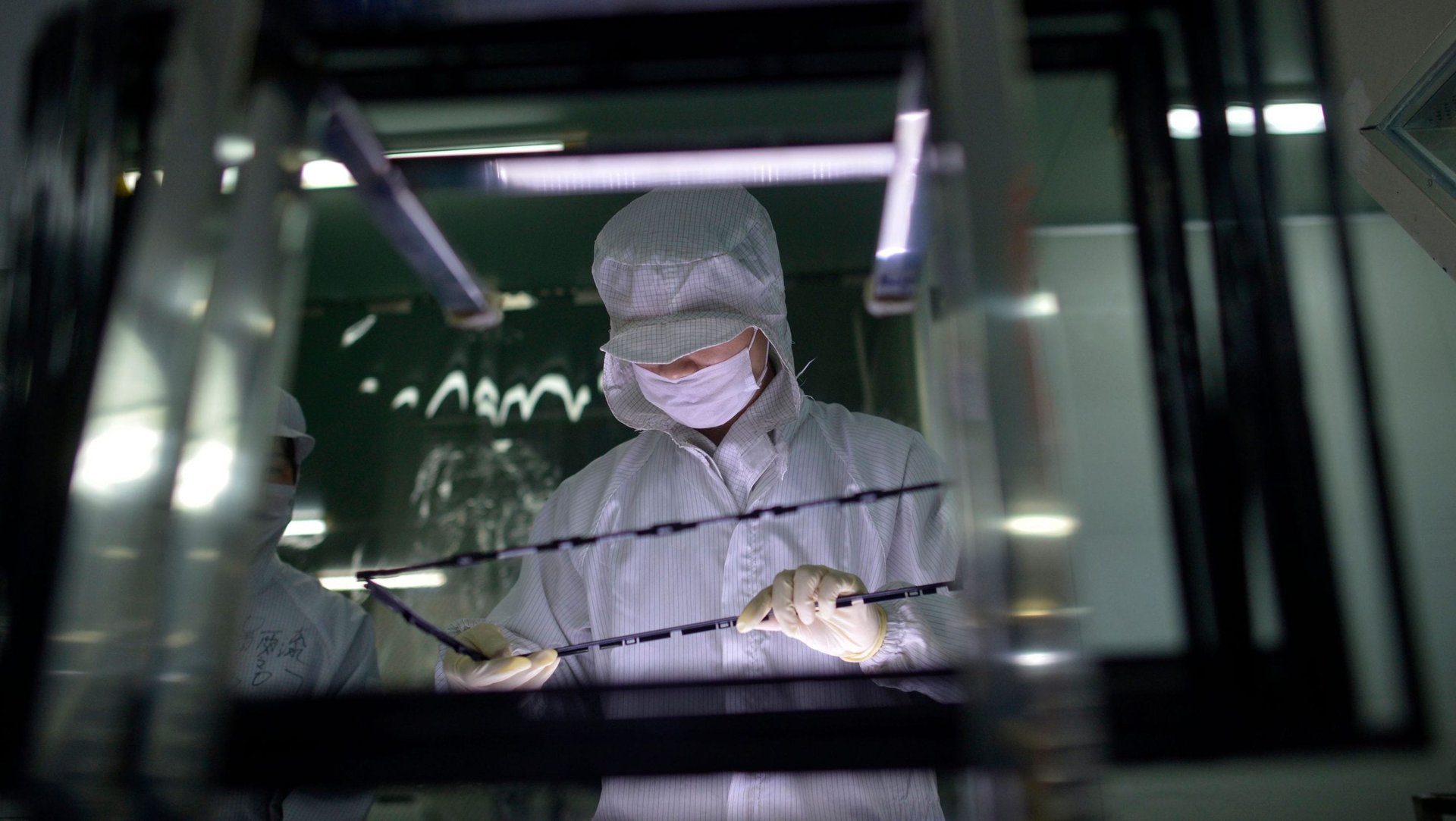A worker dies of toxic exposure in the workplace every 30 seconds
In the last 30 days, the US Occupational Safety and Health Authority cited a pet food company in Florida for failing to provide protective gear for workers handling corrosive chemicals, a Pennsylvania hair salon for exposing workers to hazardous materials, an Ohio musical instrument factory for exposing workers to toxic copper dust, and a Texas indoor gun range for exposing workers to unsafe levels of lead. Citations like that happen regularly, year-round, highlighting that even in a country with extensive worker safety rules, going to work is still a hazard for many.


In the last 30 days, the US Occupational Safety and Health Authority cited a pet food company in Florida for failing to provide protective gear for workers handling corrosive chemicals, a Pennsylvania hair salon for exposing workers to hazardous materials, an Ohio musical instrument factory for exposing workers to toxic copper dust, and a Texas indoor gun range for exposing workers to unsafe levels of lead. Citations like that happen regularly, year-round, highlighting that even in a country with extensive worker safety rules, going to work is still a hazard for many.
In fact, it is often deadly: Around the world, a worker dies from toxic exposure in their workplace every 30 seconds, according to a 2018 UN report published in September by Baskut Tuncak, the United Nations special rapporteur on toxics. Every 15 seconds, a worker dies from dangerous working conditions in general.
In total, around 2.8 million workers globally die from unsafe or unhealthy work conditions per year, according to the report. And diseases resulting from workplaces—like lung cancer linked to inhaling carcinogenic substances on the job—account for around 86% of all premature death.
“In my view, much of what I describe in the report is criminal conduct,” Tuncak said in his address to the Human Rights Council in September.
Cancer is by far the biggest contributor to those deaths, making up roughly 70% of workplace diseases. “Almost all such cancers can be prevented,” the report reads.
“More than 200 different known factors, including toxic chemicals and radiation, have been identified to date as known or probable human carcinogens, and workers are exposed to many of these in the course of their jobs,” the UN report reads. “Debilitating and fatal lung diseases, neurological disabilities, and reproductive impairments such as infertility and inability to carry a pregnancy to term are among various other health impacts that plague workers exposed to toxic substances.”
Tuncak highlighted Samsung factory workers in Korea exposed to toxic chemicals on the job: Hwang Yumi, a 23-year-old Samsung employee, died of leukemia in 2007 after working for the company for five years, Tuncak said, “where she was likely exposed to toxic substances every day without meaningful consent.” In the report, he writes:
The Special Rapporteur heard testimony from former Samsung workers (all women) and their family members about tasks performed in the manufacture of semiconductor chips, such as dipping semiconductors into a chemical solution by hand to remove unnecessary parts and manually sorting and testing chips under high temperatures or voltages, releasing fumes. Former workers explained that they would still smell fumes from the workplace long after returning home. Neither the former workers nor the family members of the deceased could name the substances they had used in the workplace.
Samsung recently agreed to arbitration for Yumi’s case and more than 100 other workers who suffered from diseases, disabilities, and premature death linked to their Korean operations, the Tuncak reports. (Days before the UN report was released, in September 2018, a worker died of CO2 poisoning at the same Samsung plant.)
Samsung is only one company; the UN has collected reports from hundreds of other former electronics industry workers from different companies who alleged having developed cancer, anaemia, “reproductive abnormalities,” and other health impacts related to working with industrial chemicals. Many of the workers were women of childbearing age.
The diseases and disabilities that result from exposure to toxic substances are cruel,” Tuncak said. “The particularly heinous nature of this exploitation is that there are almost always alternatives to prevent or minimize exposure. Solutions to this abuse of workers’ rights are available, should States choose to compel businesses to adopt them.”
This post has been updated to clarify that toxic exposures kill workers once every 30 seconds, while a worker dies from workplace hazards more generally every 15 seconds, according to the UN.